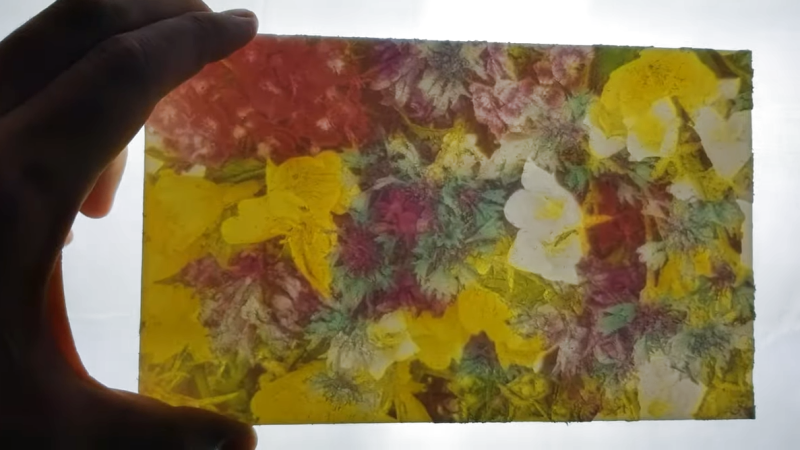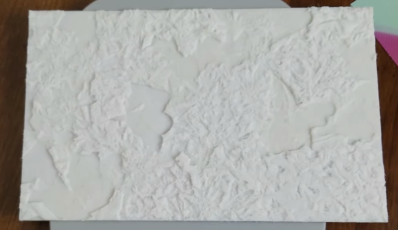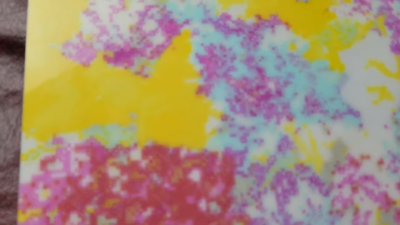3D printed lithophanes are great, if a bit monochromatic. [Thomas Brooks] (with help from [Jason Preuss]) changed all that with a tool for creating color lithophanes but there’s a catch: you’ll need a printer capable of creating multi-color prints to do it.
A video (embedded below) begins with an intro but walks through the entire process starting around the 1:26 mark. The lithophane is printed as a single piece and looks like most other 3D printed lithophanes from the front, but the back is different. The back (which is the bottom printed layer) is made of up multiple STL files, one for each color, and together creates something that acts as a color filter. When lit from behind, light passes through everything and results in an image that pops with color in ways that lithophanes normally do not.
The demo print was created with a printer equipped with a Palette 2, an aftermarket device that splices together filament from different spools to create multicolored prints, but we think a Prusa printer with an MMU (multi material upgrade) should also do the trick.
[Thomas] already has a lot of ideas on how to improve the process, but these early results are promising. Need a gift? Lithophanes plus LED strips make great lamps, and adding a cheap clock movement adds that little extra something.


















That’s epic. I think I’ll use this to etch a flowery pattern on my toilet seat. There’s only one worry, how to clean it once pieces of fecal matter get stuck in ridges? I hate when that happens even on a seat or worse – on a leather chair.
Hmm, if you have pieces of fecal matter stuck in leather chair, you’re doing either something really wrong or something very good to someone.
As for toilet seat – seal it with clear epoxy.
Wow this method is awsome
Interesting, but I would just print the color layer to a ‘transparency’ sheet on an inkjet and put that behind a normal 3D printed lithophane.
Then why not just print a sheet of plastic and put a black and white transparency behind it for a regular lithophane?
Not even a transparency, just normal paper. If you absolutely need to make it thin, you can spread PVA glue on the print side and when the glue is cured, you wet the paper and scrub it off. The pigments are stuck on the glue.
I initially thought about regular paper but also that loss in brightness might be a concern. Though printer paper is certainly still better than a thin layer of filament, and your idea is even better.
I can’t imagine the thickness of paper being a concern at all.
A transparency would have the advantage of being extremely durable, but another layer of PVA is probably enough for most cases.
More question… Can you 3d print directly on a laser printed paper, and if so can the color transfer?
Yes and yes. I forgot once to take out paper when calibrating bed and had some PLA printed on it, it sticks rather well, but ABS will shrink too much and wrinkle that paper, so PLA is better here. Laser printed ink will melt into plastic, then you can remove paper with water. For extra crispiness, you can print on chalk paper like for toner transfer.
Nice, but obvious and it sort of defeats the purpose. I’d be more impressed with the could being structural color from laser etching the rear surface. https://advances.sciencemag.org/content/3/5/e1602487.full